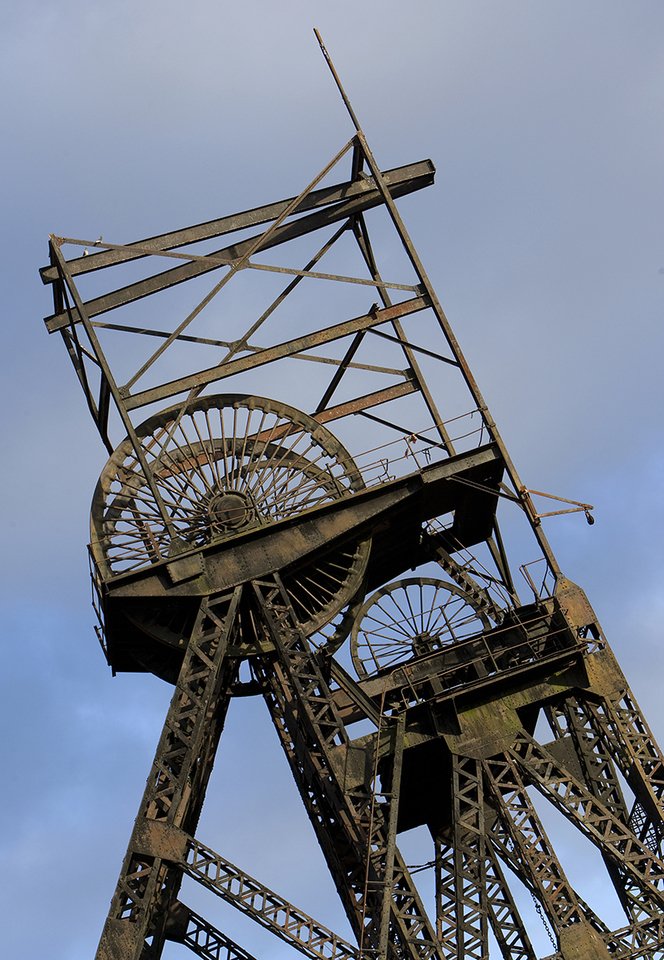Greater Manchester is a metropolitan county in the North West of England, with a population of 2,782,100. It encompasses one of the largest metropolitan areas in the United Kingdom and comprises of ten metropolitan boroughs. Greater Manchester was created on the 1st April 1974 as a result of the Local Government Act 1974.
Greater Manchester spans 493 square miles, it is the second most populous urban area in the UK. It is landlocked and borders Cheshire, Derbyshire, West Yorkshire, Lancashire and Merseyside. There is a mix of high density urban areas, suburbs, semi rural and rural locations in Greater Manchester, but the land use is mostly urban- the product of concentric urbanisation and industrialisation which occurred mostly during the 19th century when the region flourished as the global centre for the cotton industry.
Youthful, diverse, energetic and bursting with character; Manchester is one of the most exciting places to visit in the UK.
Known throughout the world as the birthplace of the industrial revolution, Manchester has a proud history in science, politics, music, arts and sport. And today the city combines this heritage with a progressive vision to be a city that delivers surprise and delight in equal measures. The bee has recently become the unofficial badge of Manchester.
Manchester city centre is jam-packed with unique and eclectic restaurants, bars, shops, museums, galleries, hotels and places to stay. Whilst the surrounding Greater Manchester boroughs offer a patch-work of visitor experiences including quaint market towns, traditional pubs and beautiful green spaces and waterways to be explored on foot or bike. The city region is easily navigated, with great transport links both in and around Greater Manchester.
Furthermore, a packed calendar of world-class events and festivals – from the landmark Manchester International Festival to the enchanting Manchester Christmas Markets means that Manchester is always a busy place to be.











 Image: Stockport Town Centre
Image: Stockport Town Centre




